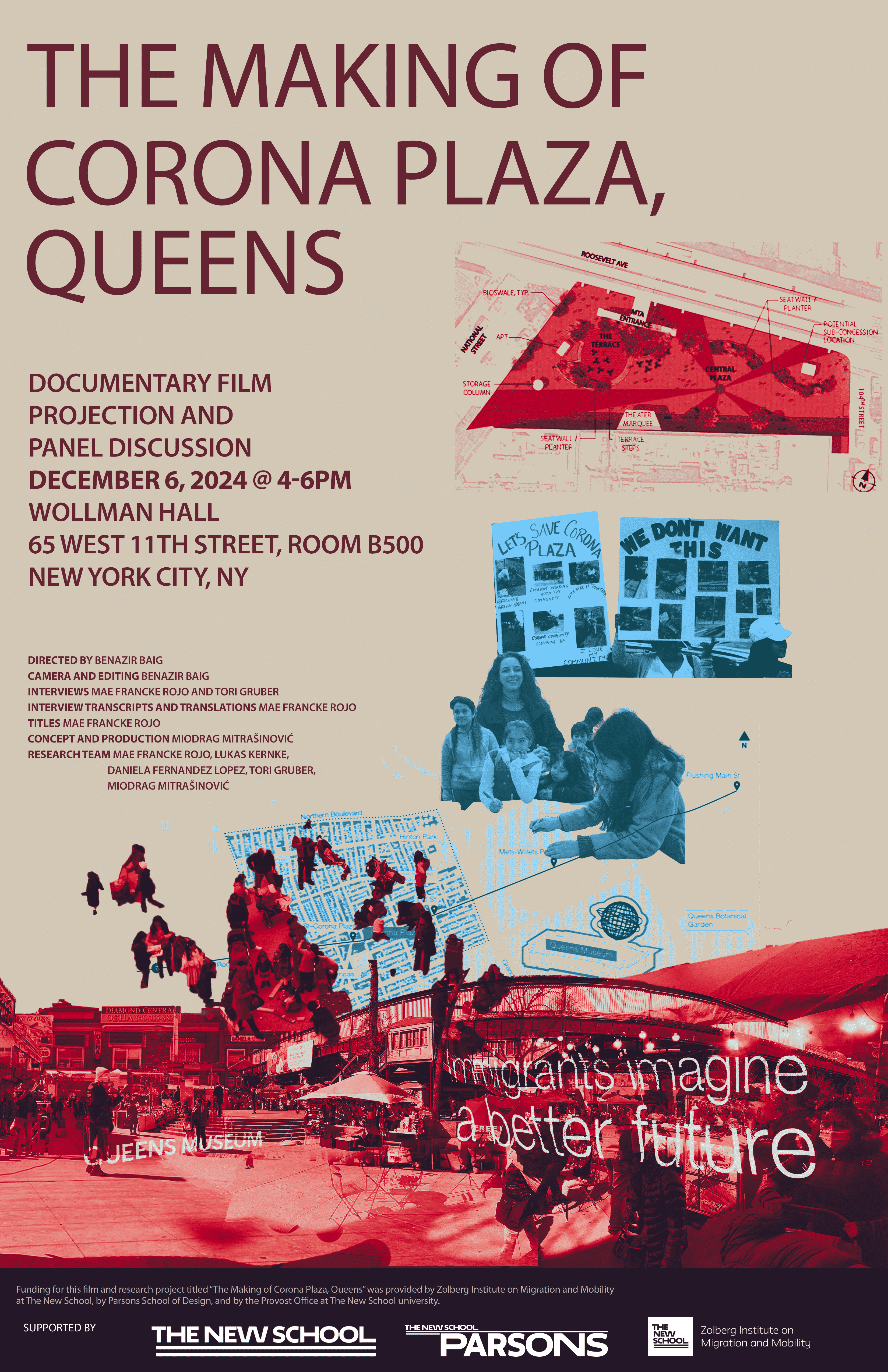Gibran Raya (center), at a ceremony initiating a sculpture of Coatlicue, an Aztec mother goddess figure, on Central Park West, before the start of the People’s Climate March.
PHOTOGRAPH BY JONNO RATTMAN
Raquel de Anda, a curator involved with the People’s Climate March, as well as M.S. Student in the Design and Urban Ecologies program, speaks about the March in a recent article published in the New Yorker.
Apart from the march’s turnout—more than three hundred thousand people—what distinguished it from the climate-change protests of the past was the relative diversity of the crowd. The climate-change movement is still mostly made up of white people and still falls short of adequately representing the multinational effects of climate change, but on Sunday, organizers were going for a broader coalition—and they got it. Raquel de Anda, a curator and one of the Mayday organizers, was partly responsible for the demographic shift. She helped convince groups that usually focussed on social-justice issues—organizations like Culture Strike—that “the climate-justice movement is about human rights.”
Read the full feature here.





